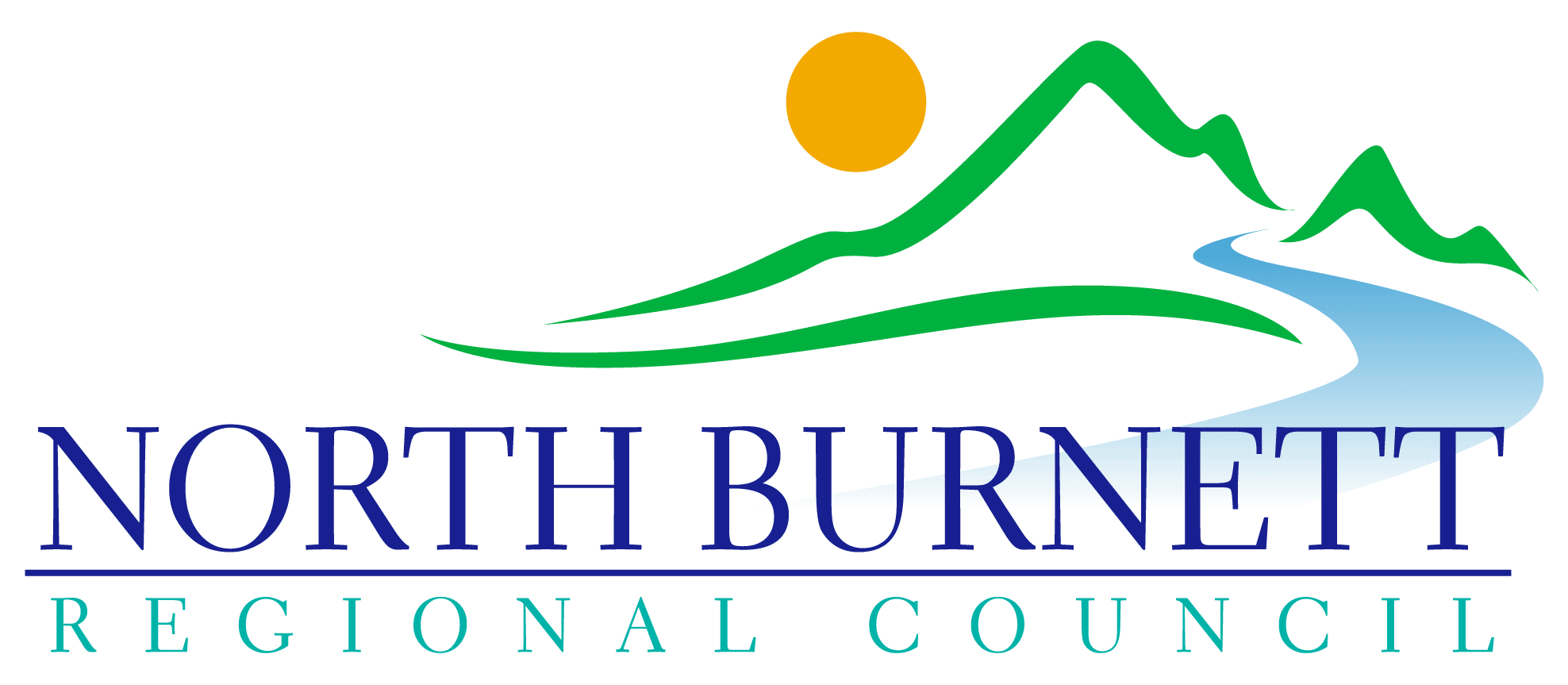Dog Attacks and Regulated Dogs

Preventing dog attacks
If you own a dog, you are responsible for keeping your dog in a suitable enclosure. You are also responsible for keeping your dog under effective control when you are out in public areas.
- check your fence and shut your gate – your dog should not be able to go over, under or through your fence or gate.
- keep your dog on a leash when you are in public areas.
- make sure you can control your dog on a leash.
- socialise your dog – this can help to decrease aggression, fear or anxiety with other dogs and people.
- de-sex your dog – this can decrease dog wandering and aggressive behaviour.
- supervise your kids around dogs – running, yelling, hitting or pulling a dog’s fur will increase the risk of a dog bite.
How to report a attack
- If required seek immediate medical assistance (dial 000) or vet treatment.
- Contact Council on 1300 696 272 to report the incident as soon as possible.
- Advise Council staff if the dog is still wandering at large.
- When lodging your request provide as much information to Council staff as possible (date / time of the attack, location of the attack, description of the attacking dog, any injuries sustained; details of where the dog lives or dog’s owner (if known), and witnesses to the attack.
- If treatment was required ask your doctor or vet for a statement of attendance that records your visit or a doctor’s certificate.
- Take photographs of any injuries.
- While the incident is fresh in your memory, please download and complete a Dog Attack Statement Form.
Council’s role
Once Council has received a report of an attack, a Compliance Officer will conduct an investigation with a focus on maintaining the safety and protection of the community. The officer will communicate and work with both the dog owner and person impacted. Depending on the incident, the dog owner may be issued fines, warnings, or the dog could be declared a dangerous or menacing dog. In a small number of cases, if the incident is serious enough, Council may seek the destruction of the dog/s.
The laws that apply to aggressive dogs and dog attacks include:
Note: If the dog is unable to be identified Council is unable to take further action. Additionally, Council is not responsible for expenses related to a dog attack. These are a civil matter and are between the parties involved.
Declared dangerous and menacing dogs
Council can declare a dangerous dog if the dog:
- Has seriously attacked, or acted in a way that caused fear to a person or another animal.
- In the opinion of an authorised person and based on the dog’s behaviour, it may seriously attack or act in a way that causes fear to a person or another animal.
Council can declare a dog menacing if:
- The dog attack was not serious but the dog acted in a way that caused fear to a person or another animal.
- In the opinion of an authorised person and based on the dog’s behaviour, it may seriously attack or act in a way that causes fear to a person or another animal.
Regulated dog owner requirements
Once a dog has been declared dangerous, menacing or restricted the owner must comply with certain requirements.
Owners are required to:
- pay higher registration fees
- provide and maintain adequate child-proof fencing
- have the dog desexed (dangerous and restricted dogs only)
- have the dog microchipped
- have the dog wear the provided red & yellow collar and yellow tag at all times
- have the dog muzzled when in a public place (dangerous dogs only)
- comply with council restrictions on where the dog can be exercised
- display signage on gates or entries to their property
- obtain a permit (restricted dogs only).
Restricted dogs
The State Government has declared the following breeds as Restricted Dogs:
- Dogo Argentino
- Fila Brasileiro
- Japanese tosa
- American Pit Bull Terrier / Pit Bull Terrier
- Presa Canario
